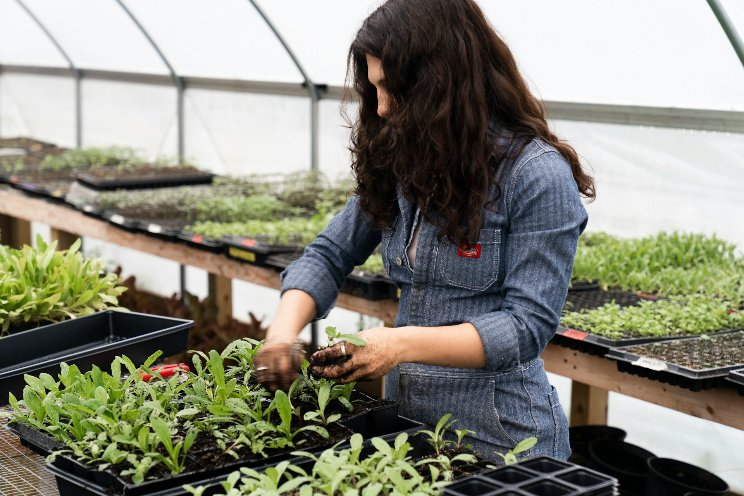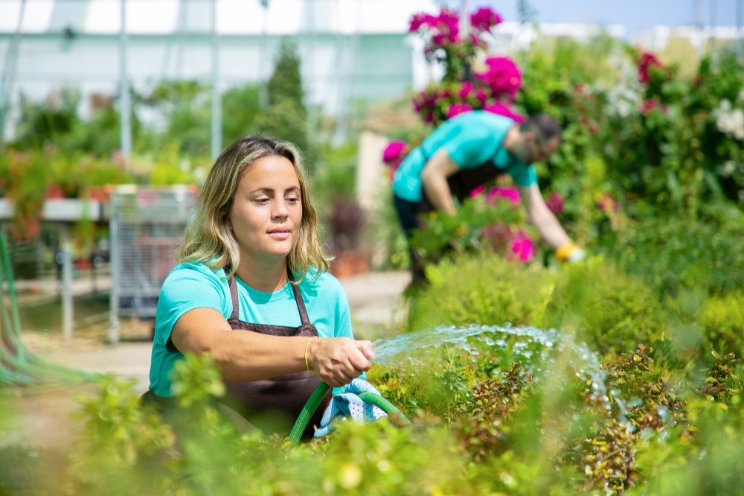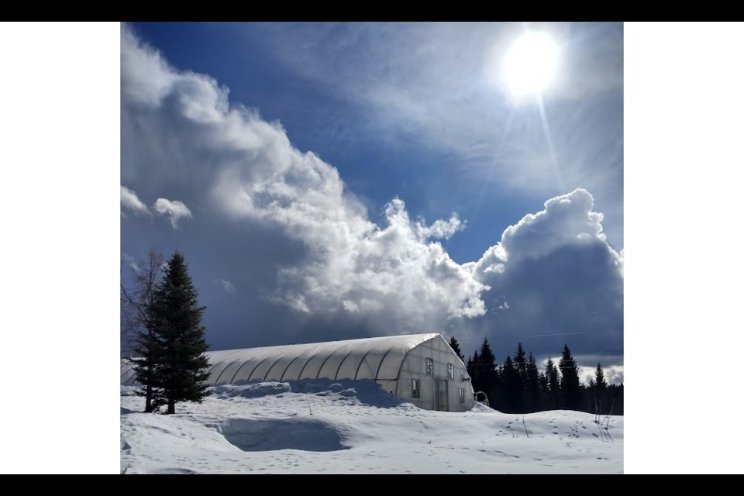Why conventional farmers should get involved in CEA
Added on 30 March 2023

One of the biggest challenges that the agricultural industry faces today is the climate and weather volatility as a result of elevated levels of atmospheric CO2 from traditional farming practices. According to OurWorldInData, agriculture, forestry, and land use directly account for 18.4% of greenhouse gas emissions – conventional farming methods such as tractor usage and fertilizer production rely heavily on fossil fuels, and approximately 90% of global deforestation is caused by agriculture. CEA offers the potential for more sustainable and efficient practices for farmers who are seeking to reduce their agricultural carbon footprint and help to mitigate the effects of climate change.
Controlled Environment Agriculture 101
CEA is a rapidly growing industry that utilizes technology to optimize plant growth in indoor or protected outdoor environments. Farmers have the ability to control environmental factors such as temperature, humidity, light, and air quality inside the growing facility. This is especially beneficial in regions where the climate is not suitable for certain crops. By controlling these factors, farmers can create an ideal growing environment for the plants, regardless of the conditions outside.
Photo: Agritecture
More news















